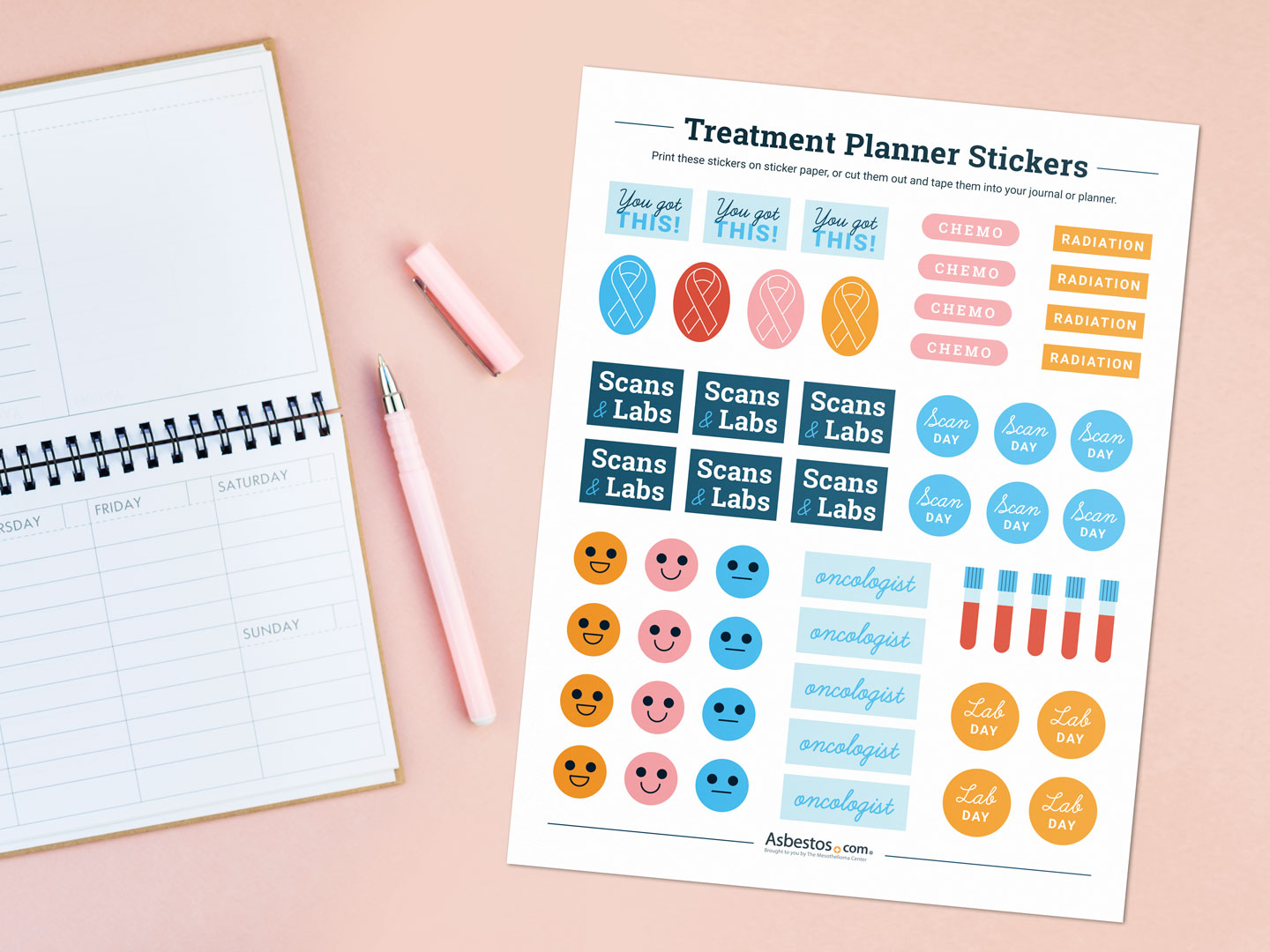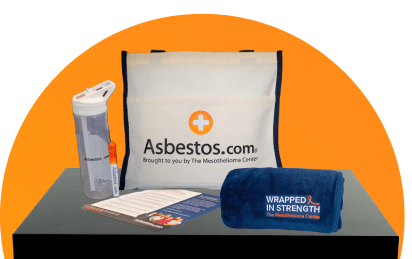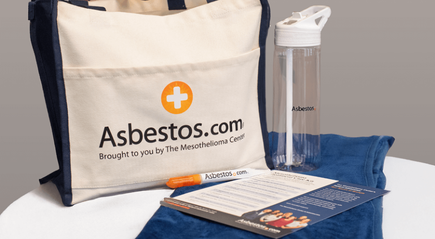What to Pack in Your Chemo Bag and Chemotherapy Tips
Written by Karen Selby, RN | Edited By Walter Pacheco
What to Pack in Your Chemo Bag
Chemo treatments can be long and emotionally draining. A chemo bag helps provide entertainment and comfort, ensuring you have what you need throughout the day.
Apart from essentials such as your insurance card, driver’s license and medical records, you’ll want to pack your bag with items that help pass the time and keep you comfortable.
1. Reading Materials
During long days and treatments, reading materials provide you with entertainment outside of your cell phone and an opportunity to get your mind off your diagnosis. Bring along books, magazines or any other reading materials to help fill some of the treatment hours. Plus, infusion rooms are typically quiet, making them perfect places to get some reading done.
2. A Jacket
Oncology units are typically cold, so you’ll want to keep yourself comfortable by bringing a jacket. That way, you’ll be able to layer up if you get too cool and take your jacket off if you start feeling too hot.
3. Snacks
During treatment, it’s likely you’ll get hungry. Bringing along snacks to have throughout the day helps you remain strong and energized, and also ensures that you have something on hand that you enjoy eating. There are many foods you can eat during chemotherapy, but most recommended snacks are light and high in fiber.
- Oatmeal
- Hard-boiled or scrambled eggs
- Broth
- Almonds and other nuts
- Smoothies
- Bread and crackers
These snacks are light and filled with antioxidants and vitamins that can help your body during treatment. They are also easy on the stomach, so they won’t increase feelings of nausea.
4. A Pen and Journal
Chemotherapy sessions can be physically and emotionally draining. Journaling is a safe and private way to work through any tough emotions. Studies have shown it has a positive impact on a patient’s resilience and mental health. You can write notes about your treatment or just how you’re feeling and what is going on in your life. You can even decorate your journal or planner with stickers, such as the downloadable stickers below!

5. Unscented Lotion
Chemotherapy treatment might make your skin dry. To prevent discomfort, bring unscented lotion along to your appointment to help keep your skin feeling healthy. You’ll want to make sure you bring unscented lotion as perfumed lotions can sometimes make your skin dry out even more.
6. Headphones
Research shows music reduces stress and promotes calm. During cancer treatment, music can be an especially powerful tool for mindfulness and increased positivity. Bring along headphones so you can listen to your favorite music and help bring joy into your treatment. Select calm music that you enjoy and that will make you feel restful.
7. Coloring Pages and Crayons
Coloring is a fun way to get creative and pass the time and it can help improve mindfulness and relaxation. During long and sometimes emotional days receiving chemotherapy, coloring can help you focus on something positive and relax your mind. You can buy a coloring book full of coloring pages, or start with the downloadable page below.
8. A Blanket
Some of the antinausea medications that you’re given pre-treatment can induce drowsiness, so you might end up wanting to nap while you’re at your appointment. Make sure you’re able to be comfortable and warm while sleeping by bringing a blanket along with you.
9. Cellphone Charger
Your cellphone can help you communicate with friends and family during treatment, or can be a valuable way to surf social media or read the news. You want to make sure you charge up your phone — in case of emergencies, or in case you want to use it for entertainment. Pack a phone charger to make sure you’re never left without your device.
10. Mind Games
Brain teasers and mind games can be a fun way to pass the time during your treatment. Plus, they can help keep your brain sharp. Brain games can help you stay focused and avoid chemo brain, the brain fog induced by cancer treatment. You can purchase your own book of puzzles or download the word scramble activity below.

Filled with thoughtful items to bring comfort and encouragement while undergoing treatment.
Get Your Free KitChoosing a Chemo Bag
You’ll want a bag that’s both lightweight and easy to use. Picking the right chemo bag can help you get the most out of it.
Choose a bag that has multiple compartments to keep you organized. You can store books, games and activities in one compartment, your jacket or blanket in another and your essentials such as a wallet and cellphone in another. This way, you’ll always know exactly where everything is during treatment.
You might also want to consider a washable bag. Hospitals can be filled with germs, and being able to wash your bag between sessions can help keep you as germ-free as possible.
From there, picking a bag is all about what speaks to you. Get a bag in your favorite color or one that is for your favorite sports team. Anything that makes you happy and that you enjoy looking at is a great choice for your bag.
Chemotherapy Tips
Hundreds of thousands of people undergo chemotherapy every year. Though treatment is different for every individual, we’ve collected a few tips to help guide you along the way.
- Establish a support network. Cancer-care nurse Josette Snyder says finding someone to help at home or come to appointments with you will help give you “peace of mind with someone you trust taking care of things.” – Cleveland Clinic
- Ask questions when you meet with your doctor and other members of your care team, to ensure you all understand and are on the same page with your treatment plan. – Cancer.gov
- Make a plan for potential side effects, such as who can take care of you after the treatments, how the treatments will impact your work and home life and how to navigate the potential impact on fertility. – Mayo Clinic
- Take notes during your visits and don’t be afraid to ask the care team to re-explain something, or to slow down. – American Cancer Society
There are many decisions to make after you receive a cancer diagnosis. Those who decide to pursue chemotherapy treatment will need to prepare for long days in the hospital and potential nausea and drowsiness. Make sure to talk to your doctor about treatment options, and prepare for whichever route you choose.






